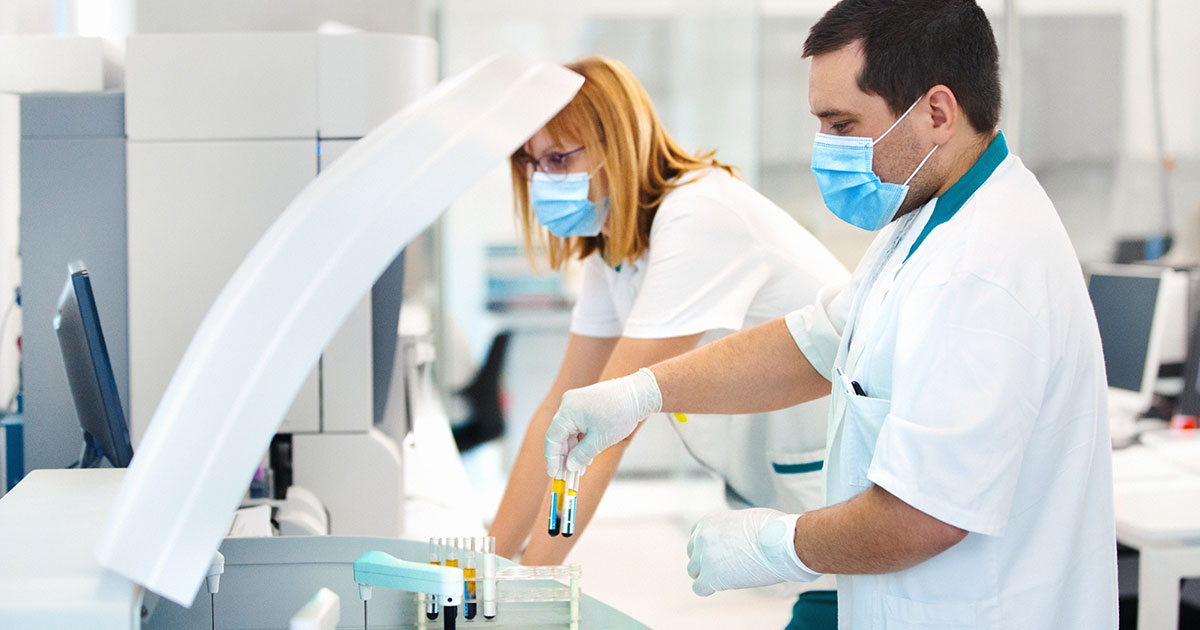|
The accurate collection of specimens from patients is essential in ensuring that laboratory results have the greatest accuracy possible. Without proper specimen collection techniques, there is a greater risk for contamination and errors in the lab results that can lead to serious problems and misdiagnoses in patient care. It is therefore important for healthcare professionals to understand the importance of proper specimen collection techniques, as well as how they are used in order to ensure the accuracy of laboratory tests. When collecting a specimen, the most important aspect to take into consideration is making sure that it comes from an area where minimal contamination could occur. This means avoiding areas with potential contaminants such as skin oils or mucous membranes, which can cause erroneous lab results due to interference with the sample. Additionally, one should make sure that any equipment used during specimen collection is sterile and free from cracks or crevices which could become harboring sites for bacteria and other microorganisms. For blood samples, especially those at point-of-care testing sites, it is important to use the correct anticoagulant tube when collecting them.
It is also key to follow the procedures outlined by manufacturers when handling these tubes so as not to contaminate them before they reach the laboratory. Additionally, proper labeling of specimens should be done prior to submission so that they can easily be identified within a laboratory once they arrive. Urine samples need special consideration due to their sensitivity level when compared to other body fluids. It is best practice when dealing with urine samples to clearly label containers before submitting them for testing and allow time for adequate preservative additives to mix thoroughly with them before submission so as not compromise their stability over time. In instances where fecal samples need collected there should be additional care taken so as not contaminate other sources since feces often contain high levels of bacteria which may interfere with test results if not collected properly . In addition to understanding proper techniques for collecting specimens correctly, it is important that all healthcare workers understand why these procedures are necessary in order for accurate test results are obtained . The consequences of improper specimens being sent for testing can lead down a path of misdiagnoses or delayed patient treatment depending on what type of sample was mishandled . Therefore , good technique should always be followed when collecting any type of specimen so as reduce errors in lab tests and maximize patient safety overall . Ultimately , proper specimen collection techniques are incredibly important with regard obtaining accurate lab results every time . Healthcare providers must pay attention when taking any type of sample from a patient including those mentioned above , and understand the impact their work has on overall patient health outcomes.
With this knowledge practitioners will be empowered towards creating better quality care through faithful implementation of good technique while sampling patients throughout their caregiving journey .
0 Comments
Leave a Reply. |
�
categories
Categories
All
|



 RSS Feed
RSS Feed